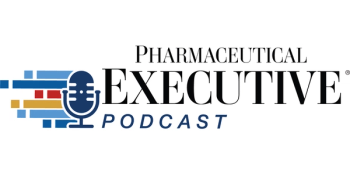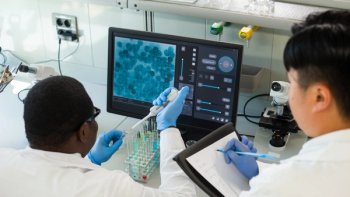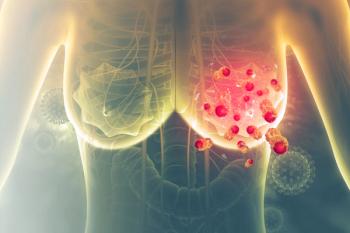
Novo Nordisk Foundation Executive Talks Biomedical Quantum Sensing
In an interview with Pharm Exec Associate Editor Don Tracy, Lene Oddershede, SVP, Natural & Technical Sciences, Novo Nordisk Foundation discusses a recent grant awarded to the Copenhagen Center for Biomedical Quantum Sensing.
PE: Regarding the grant awarded to the Copenhagen Center for Biomedical Quantum Sensing, what was the impetus for the Novo Nordisk Foundation to investigate quantum sensing?
Oddershede: The foundation has had a strategy for the last three years to enable the development of quantum technologies in order to solve real problems in life sciences and the pharmaceutical side. The reason we invest in this is because quantum sensing is probably the technology that is closest to having real clinical translational impact. Among all the different technologies which have huge potential, this one is the one which is likely to have the first real translational application. That's why we are investing in it.
PE: Can you provide a brief synopsis of how this technology works?
Oddershede: Suppose now, I make a little safe glass chamber, where I have a cesium atoms which are entangled. And then, one of these atoms is brought really close to a tiny signal. So let's say this could be the signal from the electromagnetic radiation that comes from a heart, all the signals that are in the brain, then this tiny atom can feel those signals and will change. brain, then this tiny atom can feel those signals and will change. And then this other atom which is entangled with it will also feel the change. Sensing allows you to measure extremely small signals, electromagnetic signals that no other technology can give you. That means that quantum sensing s not just an improvement of an existing technology. hat's one of the funny things about quantum technologies. They're not just improvements of existing technologies. So you can do things which are entirely different than what you could do before with any other technologies. That also means they open the door to entirely new areas that may be difficult to imagine, because it's not just having a faster computer, it's actually something entirely different.
With sensing, the fact that you can measure these tiny signals by the entangled atoms means that you can measure blood flow through the heart. You can put your sensor close to the heart and non-invasively measure the function of the heart. Until this point, in order to measure such measures to do such measurements, you'd need to put a say an electrode or valve into the heart, which is invasive. So it's a significant improvement.
Another application, which is important, at least in my opinion, is that they can measure the presence of isotopes. If you have a blood or urine sample from somebody, then you can measure iron deficiency or malnutrition. So it's extremely sensitive and it can be used for for diagnosis. Such devices are being tested in hospitals as a part of an MRI scanning facility.
Newsletter
Lead with insight with the Pharmaceutical Executive newsletter, featuring strategic analysis, leadership trends, and market intelligence for biopharma decision-makers.




